Table of Contents
Scrolling through social media lately, it feels like everyone’s sporting one of two haircuts: the effortlessly bouncy butterfly cut or the cool-girl wolf cut. Both promise layers and movement, but they deliver wildly different vibes. If you've found yourself staring at photos, wondering whether you need soft, face-framing wings or something a bit more untamed and shaggy, you're not alone. The confusion around thebutterfly cut hair vs wolf cutis real.
Butterfly Cut Hair vs Wolf Cut: What's the Real Difference?
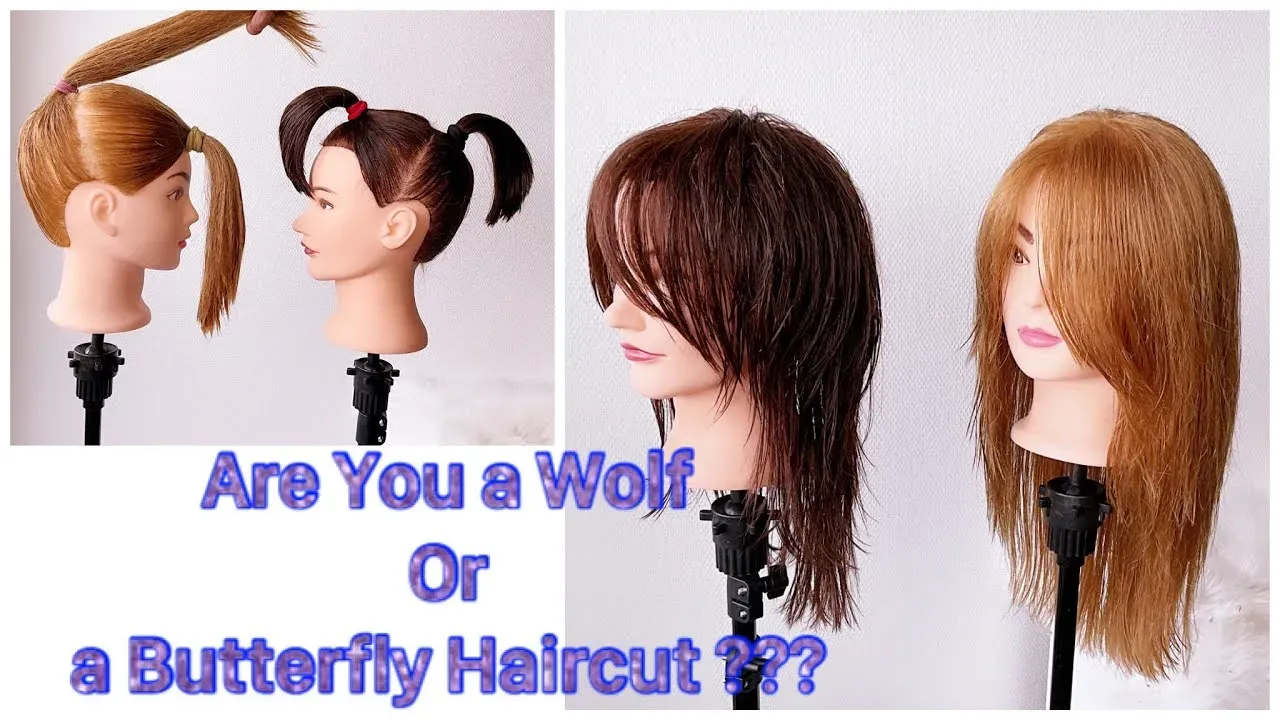
Butterfly Cut Hair vs Wolf Cut: What's the Real Difference?
It's All About the Layers, Duh
Alright, let's cut to the chase. You see these styles everywhere, plastered across Instagram and TikTok, and they look vaguely similar, right? Lots of layers, lots of movement. But the core distinction in theButterfly Cut Hair vs Wolf Cut: What's the Real Difference?boils down to *how* those layers are cut and where they sit. Think of the butterfly cut as strategically placed layers designed to give the illusion of serious length and volume without sacrificing much off the bottom. It uses shorter layers around the face that blend seamlessly into longer layers below, creating this soft, fluttery effect that mimics wings. The bulk of the weight gets removed from the upper layers, leaving the ends feeling light and airy.
Shag's Edgy Cousin vs. Volume Illusionist
Now, the wolf cut is a different animal entirely – literally, I guess. It's the shag haircut's cooler, slightly more rebellious cousin who maybe listens to punk rock. It’s characterized by shorter, choppier layers on top that get progressively longer towards the bottom, often with a distinct disconnect or contrast. There's usually more texture and often a slightly undone, even messy, vibe. While the butterfly cut aims for polished volume and face-framing elegance, the wolf cut leans into a bolder, more lived-in texture. It’s less about creating a seamless blend and more about embracing that slightly wild, rock-and-roll edge.
Feature | Butterfly Cut | Wolf Cut |
|---|---|---|
Layering Style | Longer layers with shorter, face-framing pieces blended in. | Shorter, often choppier layers on top, getting longer towards the bottom. |
Overall Vibe | Soft, voluminous, elegant, polished. | Textured, edgy, lived-in, rebellious. |
Weight Removal | Primarily from upper layers to create volume illusion. | More overall texture and often a stronger disconnect between layers. |
Understanding the Wolf Cut: Edgy Layers and Texture
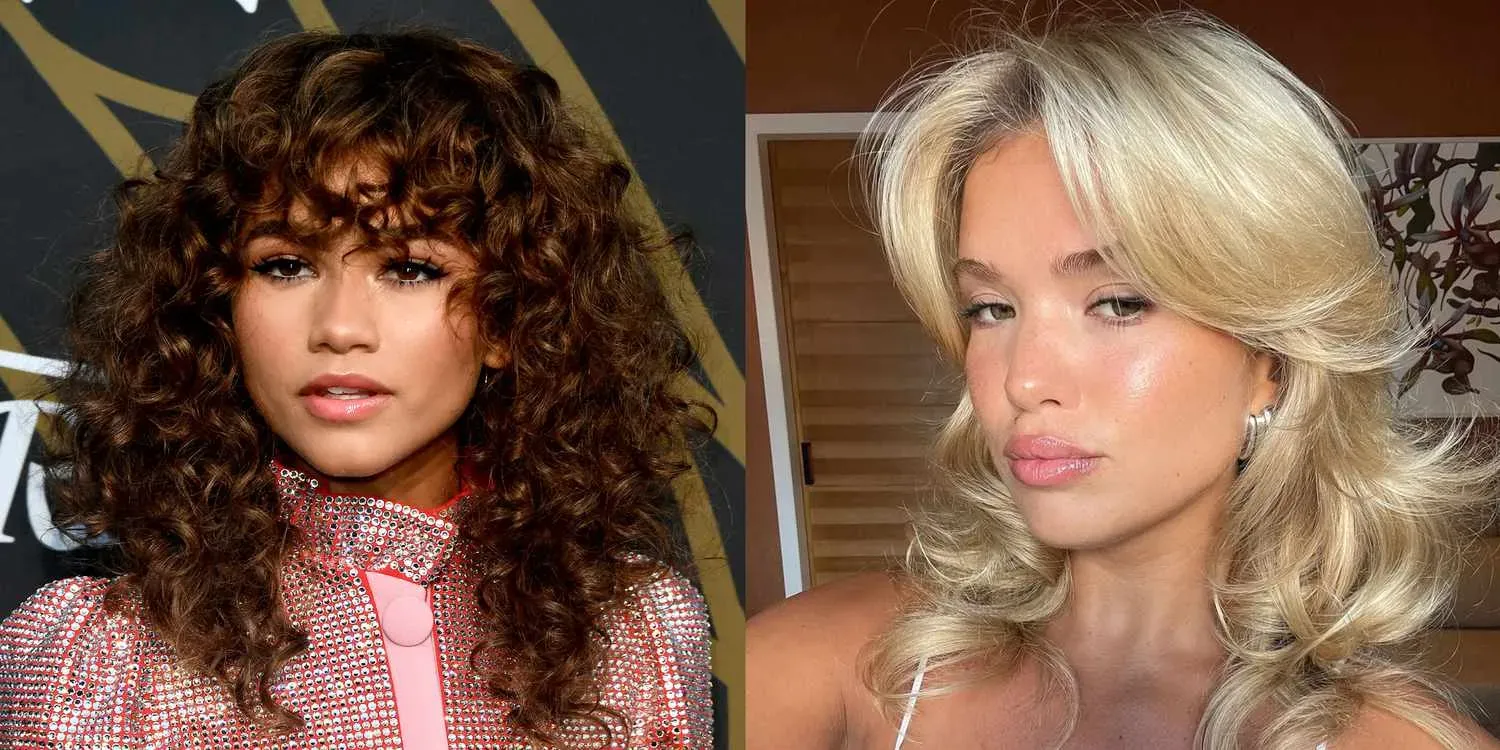
Understanding the Wolf Cut: Edgy Layers and Texture
Where the Wild Things Are
So, you've seen it: the shaggy, almost messy, undeniably cool cut that looks like you just rolled out of bed but in the best possible way. That's the wolf cut, and if you're trying to graspUnderstanding the Wolf Cut: Edgy Layers and Texture, think of it as a mashup. It borrows the heavily layered crown from the shag haircut and the longer, often wispy tail from a mullet. It's not quite either, but a modern fusion that feels effortlessly undone. This isn't a haircut that aims for perfection; it embraces a bit of chaos, giving you that rock-and-roll edge without requiring a band contract.
The Method Behind the Messiness
Creating this controlled chaos involves distinct techniques. Stylists typically cut shorter layers around the crown and top of the head, often using point cutting or razor techniques to add texture and remove weight. These layers are deliberately disconnected or have a less blended transition to the longer lengths underneath and at the back. The perimeter is often left a bit thinner and wispier, contributing to that "tail" effect. It’s about building volume on top and letting the ends do their own thing, creating a shape that feels lighter and airier than a traditional blunt cut but with significantly more internal texture and movement.
- Shorter, textured layers on top.
- Longer lengths towards the bottom and back.
- Often uses razors or point cutting for texture.
- Focuses on volume at the crown.
- Embraces a slightly disconnected or less blended look.
Who Rocks the Wolf?
This cut really shines on certain hair types and textures. Wavy and curly hair naturally lends itself to the wolf cut's inherent texture, making styling a breeze – often just scrunching or air drying is enough. Straight hair can pull it off, but it usually requires more effort with styling products to achieve that desired piecey, textured look. If you’re not keen on spending time coaxing texture into straight strands, this might be more work than you bargained for. It suits people looking for a cut with personality, something that feels a bit alternative and requires minimal fuss once the initial styling is done. It’s a statement, for sure.
Decoding the Butterfly Cut: Softness and Volume
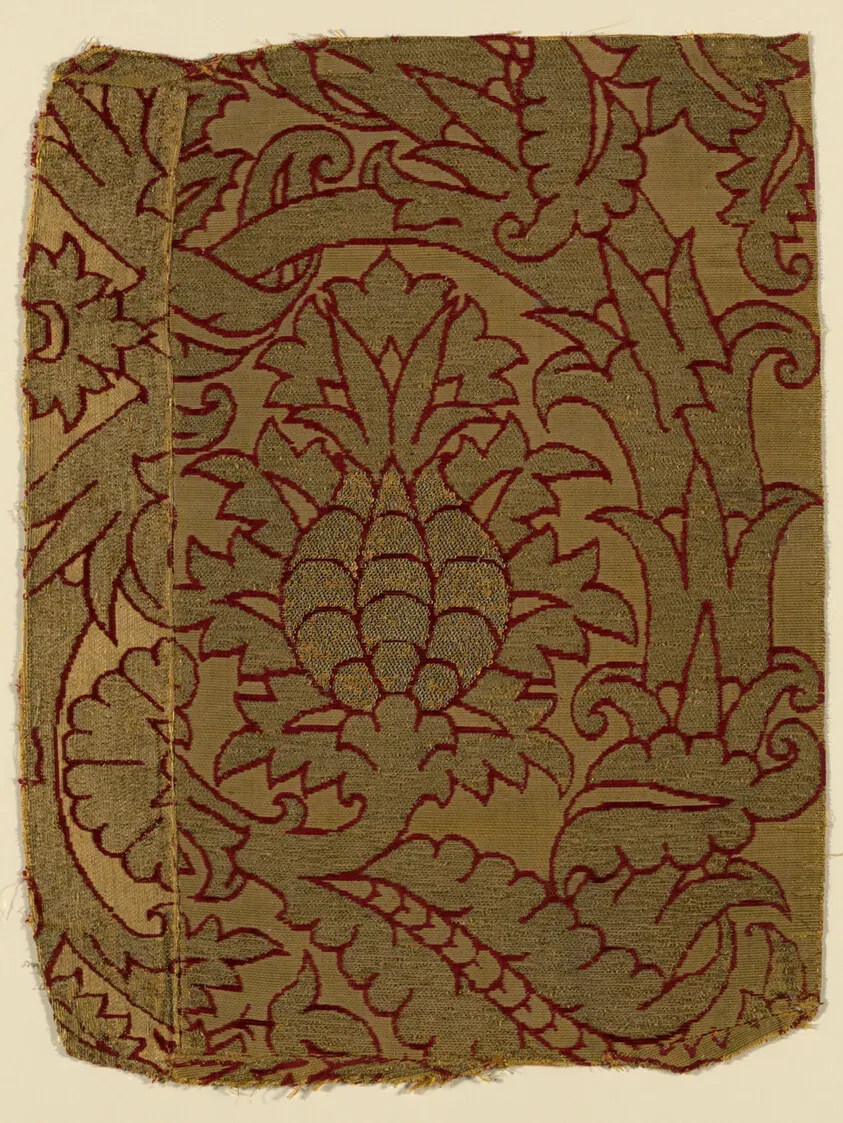
Decoding the Butterfly Cut: Softness and Volume
The Illusion of Length and Fullness
If the wolf cut is all about embracing the wild side, the butterfly cut is its glamorous, red-carpet-ready cousin. When you'reDecoding the Butterfly Cut: Softness and Volume, you're really looking at a masterclass in optical illusion. This cut is designed to give you the appearance of dramatic, face-framing layers and serious volume, especially around the crown and jawline, while keeping the overall length intact. It achieves this by strategically cutting much shorter layers around the face – these are the "wings" – and blending them seamlessly into the longer hair below. The magic happens when you style it; those shorter pieces fall forward, making it look like you have short hair *and* long hair at the same time. It's clever, frankly.
How the Magic Happens
Achieving that signature butterfly bounce isn't rocket science, but it requires precision. Stylists typically section the hair horizontally. The top sections get the shorter, face-framing layers, often cut while pulled forward. The bottom sections are left longer. The key is the seamless transition between the two lengths. This isn't a choppy, disconnected style. It's smooth, flowing, and designed to move like, well, a butterfly wing. This technique removes weight from the upper part of your hair, allowing it to lift and appear fuller, while the length at the back and bottom remains, giving you versatility. It’s a popular choice for those who crave volume but are hesitant to commit to a genuinely short cut or significant length removal.
Here's what defines the butterfly cut:
- Significantly shorter layers around the face.
- Longer layers maintained throughout the back and bottom.
- Seamless blending between short and long layers.
- Focus on creating volume and movement, especially around the face.
- Gives the illusion of having shorter layers without losing overall length.
Styling and Suitability: Butterfly Cut Hair vs Wolf Cut Face Shapes
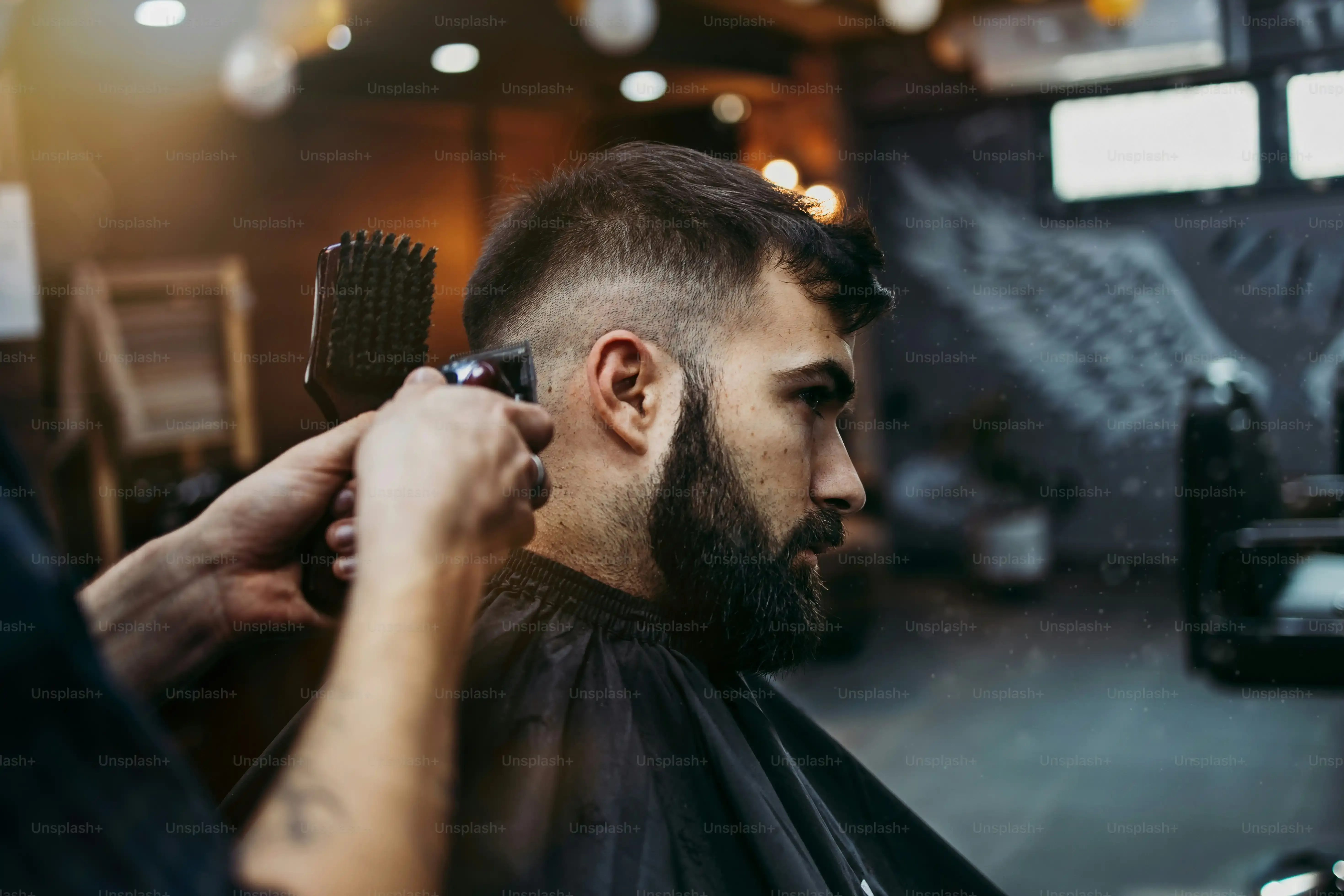
Styling and Suitability: Butterfly Cut Hair vs Wolf Cut Face Shapes
Styling Demands: Effort vs. Effortless?
let’s talk daily grind. How much work are you actually signing up for with these cuts? The butterfly cut, while giving you that glorious volume illusion, often requires a bit more effort in the styling department to really make those face-framing layers pop. Think blowouts, velcro rollers, or a curling iron to emphasize the bounce and separation of the layers. If you're someone who washes and goes, this might feel like homework. It’s designed for polish, and polish usually takes a minute. My own experience with trying to get that effortless volume? It’s rarely effortless the first time, or the fifth.
Butterfly Cut: Softening Angles and Adding Lift
When considering theStyling and Suitability: Butterfly Cut Hair vs Wolf Cut Face Shapes, the butterfly cut tends to be incredibly versatile. Those softer, longer face-framing layers are fantastic for softening sharper angles, making it a solid choice for square, rectangular, or even diamond-shaped faces. The volume it builds up top can also balance out narrower face shapes like oval or heart. It adds width where you might want it and creates a lovely frame that draws attention to the eyes and cheekbones. It’s less about reshaping and more about enhancing and adding a touch of sophisticated lift.
Face Shape | Butterfly Cut Suitability | Wolf Cut Suitability |
|---|---|---|
Oval | Excellent (enhances features) | Good (adds texture, can emphasize length) |
Round | Good (adds vertical lines with face frame) | Good (adds volume on top, can narrow lower face) |
Square | Excellent (softens jawline with layers) | Good (layers can break up strong lines, but can also add width) |
Heart | Excellent (balances wider forehead with face frame) | Good (volume on top balances chin, but can emphasize forehead) |
Diamond | Excellent (softens cheekbones, adds width to jaw/forehead) | Moderate (can emphasize cheekbones, need careful layering) |
Wolf Cut: Embracing Texture and Edge
The wolf cut, with its more dramatic layers and inherent texture, often works best on face shapes that can handle a bit more visual weight around the upper half and don't mind the slightly narrower look it can give the lower face. Oval and heart-shaped faces tend to be prime candidates, as the volume on top can balance the chin and the layers complement the natural structure. While stylists *can* adapt it for other shapes, say a round face, it requires careful consideration of layer placement to avoid adding unwanted width. It’s less about creating a universally flattering shape and more about finding a face that vibes with its particular brand of shaggy energy.
Making Your Choice: Which Trendy Cut Is Right for You?
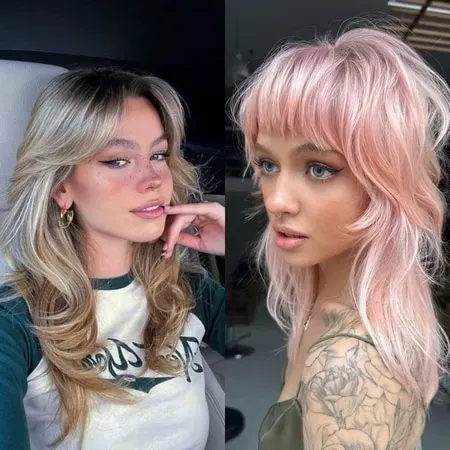
Making Your Choice: Which Trendy Cut Is Right for You?
It Boils Down to Vibe and Maintenance
So, you've digested the details onMaking Your Choice: Which Trendy Cut Is Right for You?. It's not just about what looks good in a picture; it's about what fits your actual life. Do you crave that effortlessly cool, slightly gritty texture that says you're too busy doing interesting things to fuss with your hair? The wolf cut might be calling your name. It thrives on natural texture and doesn't demand daily wrestling matches with heat tools. It's for the person who wants a haircut that feels like an extension of their personality, a bit undone and authentic. Think less polished, more pure attitude.
On the flip side, if your aesthetic leans towards polished volume, softness, and the ability to transform your look with styling, the butterfly cut is likely your match. It’s the cut for those who love the *look* of shorter layers around the face but aren't ready to chop off significant length. It requires a bit more effort to activate that signature bounce and fullness, often needing a round brush and blow dryer or rollers. It gives you drama and elegance, allowing you to switch between a voluminous layered look and seemingly longer hair depending on how you wear it. It’s versatile, but it demands a little more from your morning routine.
Ask Yourself:
- How much time do I spend styling my hair daily?
- Do I prefer a polished or textured look?
- What's my natural hair texture like?
- Am I okay with using heat tools frequently?
- What kind of statement do I want my hair to make?
Trust Your Stylist (Seriously)
Ultimately, while it's great to arm yourself with information, the best person to help you make the final call is your stylist. They see your hair in person – its texture, density, growth patterns, and how it falls naturally. They can look at your face shape and honestly tell you how a wolf cut's choppy layers or a butterfly cut's face frame will actually sit and whether it's a realistic goal without hours of styling. A good stylist won't just give you the trendy cut you ask for; they'll give you the *right* trendy cut for *you*. They might even suggest a hybrid or a modified version that suits your specific needs. Don't be afraid to bring pictures, but also be open to their professional opinion. They've seen hair disasters (and triumphs) you can only imagine.
Choosing Your Layers: Final Thoughts on Butterfly vs Wolf
Ultimately, the choice between the butterfly cut hair vs wolf cut comes down to more than just what looks good in a filtered photo. The wolf cut leans into a bolder, more textured look, often requiring less precise styling for that lived-in feel, and it works best with certain hair types that can handle the disconnection. The butterfly cut offers a softer, more voluminous frame, designed to give the illusion of length while providing movement, and tends to be more adaptable across face shapes, though it might demand a bit more effort with a round brush. Neither is inherently "better"; they just serve different purposes and suit different individuals. Before committing, take an honest look at your hair's natural texture, consider how much time you're willing to spend styling, and perhaps most importantly, chat with a stylist who can assess your specific needs and help you land on the cut that makes you feel genuinely good.